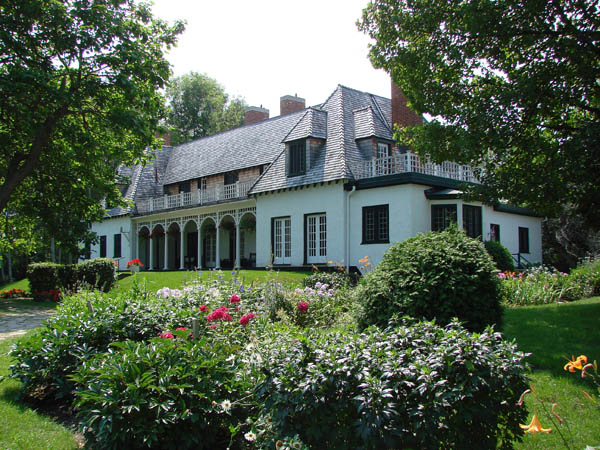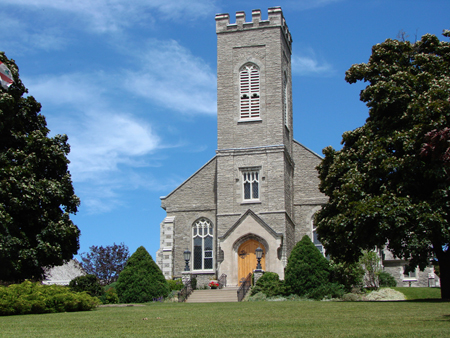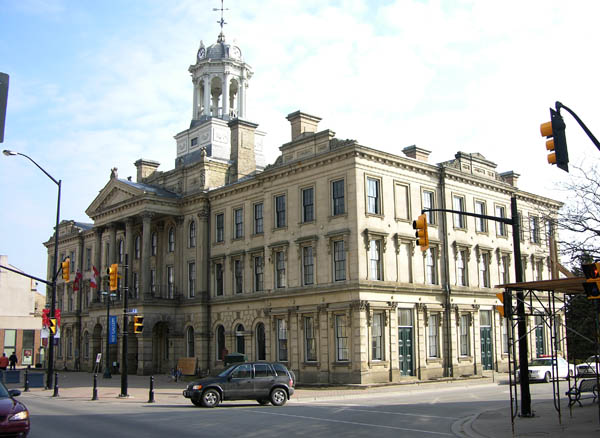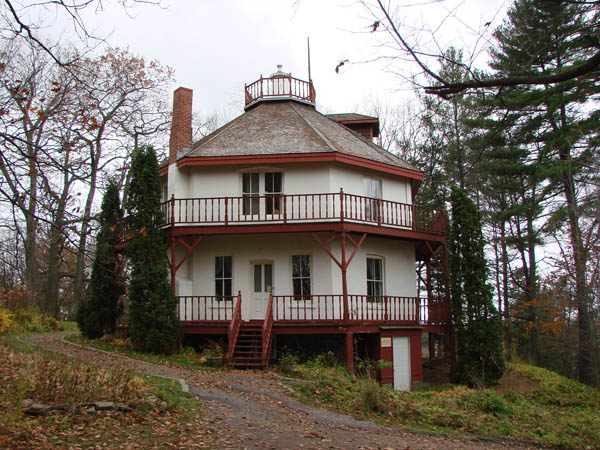Menu
In 1909, the City of Port Arthur (now the City of Thunder Bay) launched a publicity campaign to promote the city to tourists. Located at a major transfer point at the head of the Great Lakes for travelling east and west, Port Arthur featured an extensive transportation terminal of docks and stations for both Canadian National and the Canadian Pacific railways, as well as 11 weekly passenger ships. The tourism campaign featured a number of events and schemes but a permanent "Publicity Pagoda" at the hub of the transportation network received the most favourable response.
Constructed in the middle of the intersection of Water Street and the foot of River Road, its function was to provide tourist information and present a welcoming gateway to the city. The structure provides this service to the present day. As part of its restoration, the Pagoda was moved approximately three meters (10 feet) to ensure traffic safety.
The Pagoda was designed by local architect H. Russell Halton. Its design recalls the eclectic architectural motifs and forms used in many English gardens and parks of the late 18th and 19th centuries. Most likely influenced by Indian architecture, the Pagoda is an octagonal, mushroom-shaped structure with a distinctive ogee or double-curved roof. Composed of metal shingles, the roof is crowned with an open belvedere, six feet (two meters) in diameter and topped with a bell-shaped dome. The octagonal walls are constructed of "local cement red brick" each with a large plate glass window. The entrance to the pagoda is marked by a projecting gable, ornamented with a curving finial reputed to be a Scandinavian good luck symbol, and is framed by fluted Ionic pilasters. Above the entrance is an Indiana limestone panel with a carved relief, depicting a beaver, by B. Jones of the Stanworth Martin Company. A veranda with a wooden floor and eight wooden columns encircles the Pagoda.
In 1979, the City of Thunder Bay designated the pagoda under the Ontario Heritage Act and, in 1986, the building was designated a National Historic Site. The Ontario Heritage Trust secured a heritage easement to conserve the building in 1992.





